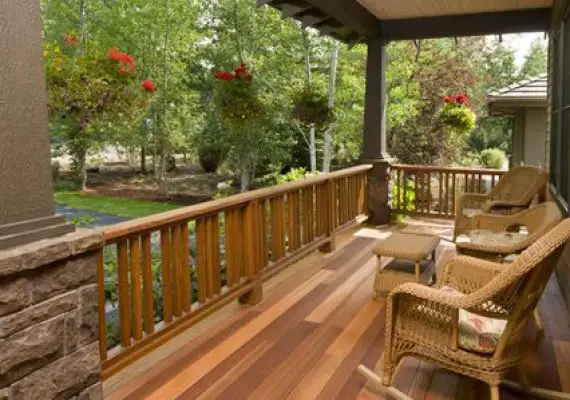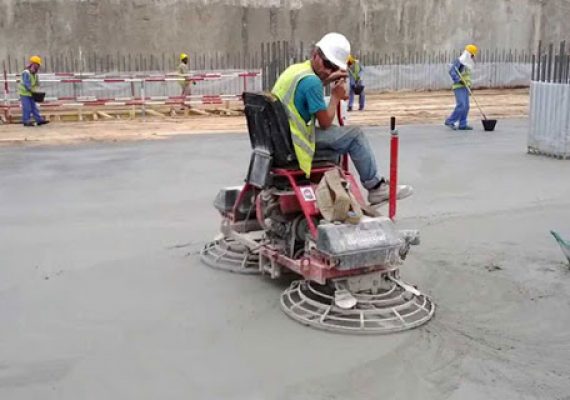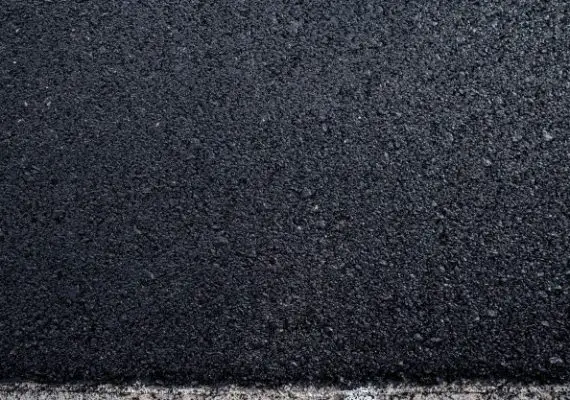What Is Travertine Tile? Pros & Cons Of Travertine Tile
What Is Travertine Tile?
Travertine tile is a type of natural stone tile made from travertine, a sedimentary rock formed from spring water and dissolved calcium carbonate. Travertine comes in various shades ranging from beige to creamy whites to light browns and is often used for indoor flooring, walls, countertops, showers and outdoor patios.
It’s distinguished by its pitted holes and troughs on the surface caused by carbon dioxide bubbles and generally has a lower porosity than other natural stone tiles.
Travertine is also a common material used in landscaping construction as it doesn’t fade or degrade over time like many other materials do when exposed to sun or other elements.
Types Of Travertine Tile
Travertine is a popular stone used for flooring and backsplashes due to its durability and versatility. It comes in four styles: Brushed, Honed, Polished, and Tumbled. Brushed travertine has a rustic, matte finish created by wire brushing.
Honed travertine offers a balanced, polished look, with a texture created by buffing. Polished travertine is shiny and sophisticated, offering a luxurious look. Tumbled travertine has a unique, aged appearance, with rough edges that are slightly smoothed out.
With a variety of textures and a warm, buttery color palette ranging from earth tones to beige hues, travertine is a timeless yet trendy choice for any home. It can withstand heavy wear and tear, making it a practical option as well.
The Pros & Cons Of Travertine Tile
Travertine tile is a type of flooring that has a unique set of qualities that make it suitable for certain homes and environments, while not being ideal for others. When considering whether or not to upgrade your floors with travertine tile, it’s important to consider both its benefits and drawbacks.
On the positive side, travertine tile is known for its classical beauty, and is a budget-friendly alternative to high-end stones such as marble or granite. It is also durable, scratch and crack-resistant, and non-slippery, making it a good option for homes with pets and children. Additionally, it is versatile, as travertine tiles can be cut and shaped to fit into smaller spaces.
However, travertine tile also has some drawbacks that need to be considered. It requires maintenance, including sealing and re-sealing every three to five years, to maintain its moisture- and stain-resistance. Additionally, it is softer and heavier than other flooring materials, and tends to stay cool, which may not be ideal for those in cooler climates. Travertine tile is also sensitive to acidic substances, making it more prone to staining.
Ultimately, the decision to use travertine tile as your flooring material will depend on your lifestyle, style preferences, and renovation budget. If coziness and warmth are important to you, travertine may not be the best choice.
But if you’re looking for a trend-setting, damage-resistant material that will enhance the beauty and value of your home, then travertine tile might be the perfect option.
How To Clean Travertine Tile
Travertine flooring is a type of natural stone flooring that has tiny porous openings that can absorb moisture and admit harmful debris particles. Over time, this can cause damage, such as discoloration, chipping, and cracking.
To prevent this, it’s important to treat the travertine with a sealer when the floor is installed and to reapply the sealant every 3 to 5 years. Cleaning and maintenance are easy once the sealant has been applied.
Simply wipe or mop the tiles with a gentle, non-abrasive cleaning solution recommended by the manufacturer. If you’re unsure, always consult the manufacturer for product-specific care recommendations.
What Is Travertine Tile Good For?
Travertine is a popular natural stone material for bathroom surfaces. It has a textured surface, which is slip-resistant, making it ideal for shower floors, bathroom floors, and even around pools in warm climates.
Travertine lies between marble and granite in terms of hardness and can scratch if not protected. When installing a travertine, it’s crucial to choose the right finish and consider the area in which it will be used. To ensure its timeless beauty and durability, proper installation and maintenance is key.



